What To Do If Your House Starts Flooding
When water enters your home from the outside or within, it’s natural for the homeowner to panic. It’s normal since water is capable of causing significant destruction when you fail to take immediate action. However, you can lessen the worry by knowing ahead of time what to do when flooding in your home occurs.
What Are the Causes of Flooding?
There are various reasons why flooding occurs, and, in most cases, you will not expect one. However, when there’s an upcoming severe weather condition such as a hurricane that would pass your area, it’s vital to protect your property to help lessen the damages.
In some cases, you might have a pipe burst, toilet overflow, or a water heater that’s causing significant water damage.
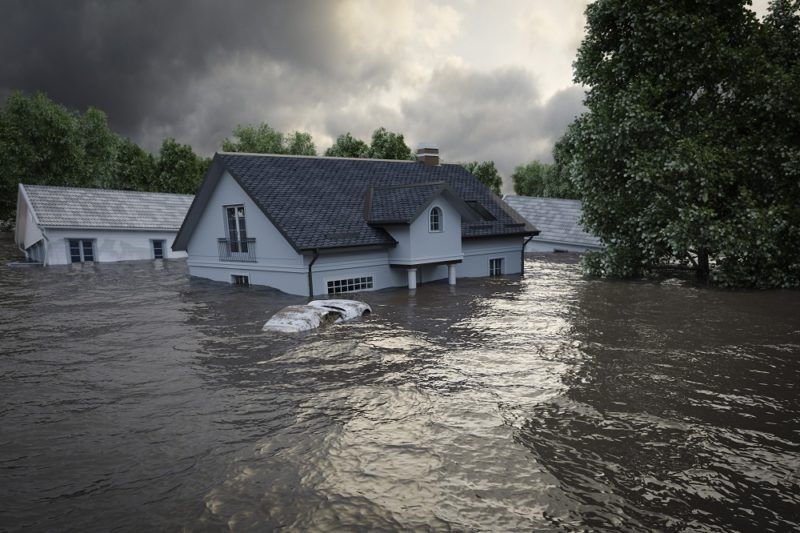
Steps to Take When Flooding Occurs in Your Home
Once you notice that your house is filling up with water, there are steps that you need to take. First, make sure that your family is safe and check if you can stop the water flow. If this is not possible, do what you can to lessen it and the damage it can cause.
Here are several steps you need to do when your house starts flooding:
Stop the Flooding
When there’s an issue inside your home responsible for the flooding, you should look for the source and do what you can to fix it, even temporarily, until a professional can look at it. Turn off the water source to the appliance if you know its location. If it’s not possible, you should shut off the water to the entire house to prevent the issue from getting worse.
Switch Off the Power
The next move is to turn off the electricity at the fuse box if possible. Avoid wading through the water to reach it, though. In case it’s not possible to go to the fuse box safely, call an electrician.
If the source of the flooding is a severe weather event, it’s best to evacuate until the water recedes on its own. Regularly monitor the latest weather news or updates from the local authorities when there is a need to leave your home.
Document the Flooding
Once the flooding is under control and you are safe, it’s time to record all the damages to your home for your insurance company. Remember that not all insurance policies cover flooding events.
With this in mind, you should check to ensure that your policy has coverage. For those who live in flood-prone areas, you are most likely to have coverage as a precaution, especially if you bought your home via a mortgage company or bank.
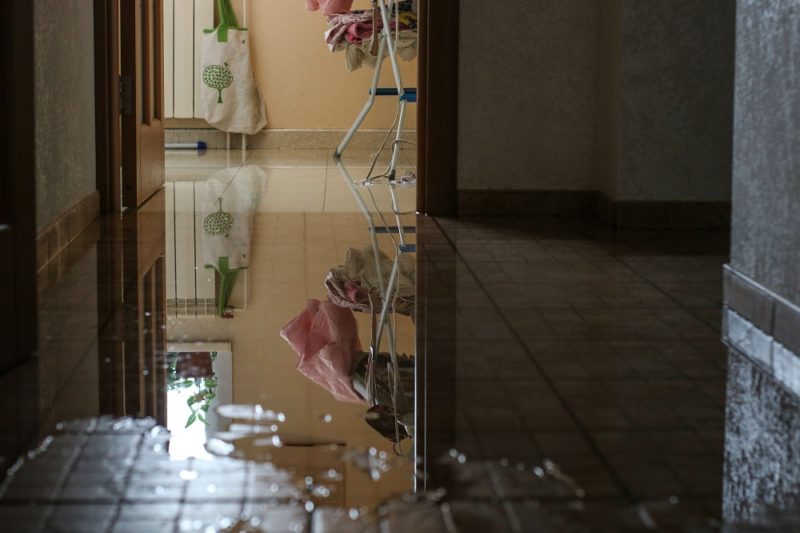
Get In Touch with Your Insurance Provider
It would be best if you take photos of all the damages on your property. Using your smartphone will be the ideal method to document everything so you can readily upload all images and send them directly to your insurance agent. The faster you can provide your claim to your provider, the quicker they can start with the processing so that you can start with the repairs.
Avoid executing any repairs until you have successfully deliberated the type of reimbursement you are eligible to receive from your insurance provider. If you cause more issues by attempting to fix something, you might void your coverage, leading to more expenses in the long run.
If your home endures flooding without flood insurance, you’ll not likely receive any reimbursement from your homeowner’s policy. It’s crucial to note that there are ways to deal with the issue, depending on the manner the flooding occurred. It’s an issue that you should discuss comprehensively with your agent if you don’t’ have adequate coverage. It’s the best way to learn more about the option you might have.
Make Sure That Your Home is Structurally Safe
In case of severe flooding, you have to make sure that it’s safe to enter your home. You should check for buckling floors or walls since these are indicators of structural damage, and don’t attempt to enter if collapse is likely to occur. Don’t forget to watch out for warping or cracking foundations as well.
Get in touch with the utility companies once you suspect damage to the gas, water, electric, or sewer lines. Always remember that safety must be a priority rather than thinking of salvaging your household items. Make the wise choice by assessing the structural integrity of your property above anything else.
Start The Cleaning Process
After confirming with your insurance company that everything is in order for your claim, you can start with the cleanup process of your flooded home. If you plan to tackle the cleaning task yourself, you’ll need several essential tools and equipment to get started:
- Sump pump
- Industrial fans
- Wet vacuum
- Disinfectant cleaning solution
- Rubber gloves and boots
- Scrubbing brushes
- Broom and mop
- Dust mask
- Sponges
- Tools
- Shovel
- Trash bags
- Dumpster
The main objective of the cleaning process is to remove all the water out of your house and make sure to dry it out before starting any restoration.
In case of extensive water damage, you might need a professional to handle the job, especially if you want to ensure a good outcome. Remember that water damage can be deceptive.
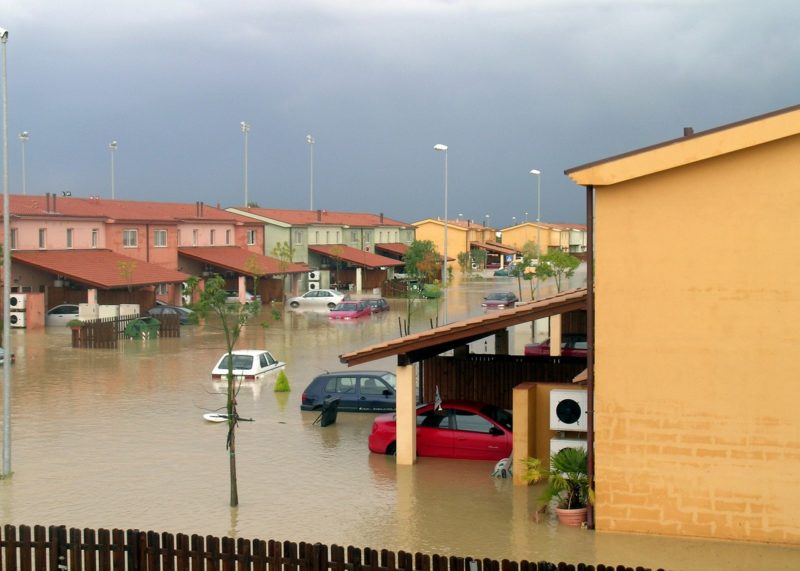
Although it’s easy to recognize and eliminate standing water, you might miss out on those that penetrate deep into the structural cavities, resulting in trapped pockets of moisture. Whether the flooding was brought about by nature or from a plumbing problem, a reliable water damage restoration service in Southwest Dallas, or wherever you may be, can help deal with the water damage.
Removing The Standing Water
Getting rid of the standing water in your home can be an exhausting task, but you should begin the process right away. You can use a sump pump if you have one or rent one to remove significant amounts of water. An alternative is a wet vac to suck up small amounts of standing water from the floor or carpets. Finally, for minimal flooding, you can mop up the water using towels.
The faster you can remove the water, the better. In most cases, if you can remove the water and start drying quickly, you can avoid additional repairs or extensive demolition. Take note that the length of time the water is left to linger is one of the main factors in the overall damage and restoration costs.
If you want to tackle the cleaning task of your flooded home, you have to utilize your equipment to eliminate as much of the water as possible. Make sure that you’ll open the windows and doors to start airing out your property. It’s best to get rid of any items that show significant signs of damage. You can utilize the heat or air conditioning to hasten the process once the electricity is back.
After eliminating as much water as possible in your home, you should consider checking the following areas for any damages:
- Walls
- Carpet
- Rugs
- Floor padding
- Hardwood flooring
- Furniture
Those that weren’t in contact with water for more than 24 hours or submerged are likely to be salvageable. However, if the water has been sitting for more than that, there’s a higher risk for mold development. In any case, you must be ready and protect yourself from exposure to contaminated items by wearing a mask and gloves.
If you have doubts about whether your belongings could be saved or not, you should take a photo and document how long you’ve had it and its original price. Then, it’s possible to include them in your insurance claim.
Dealing with Mold
An issue of concern when standing water is left to linger for some time is mold development. Remember that mold can start to grow after 24 hours. When a small number of mold forms, you can remove and disinfect, possibly saving whatever object or surface it touched. It’s best to utilize a non-ammonia cleaner or a solution that contains 10% bleach to ensure thorough removal of the mold and prevent it from growing back. You can use this cleaning solution on the floors, walls, and objects exposed to floodwaters.
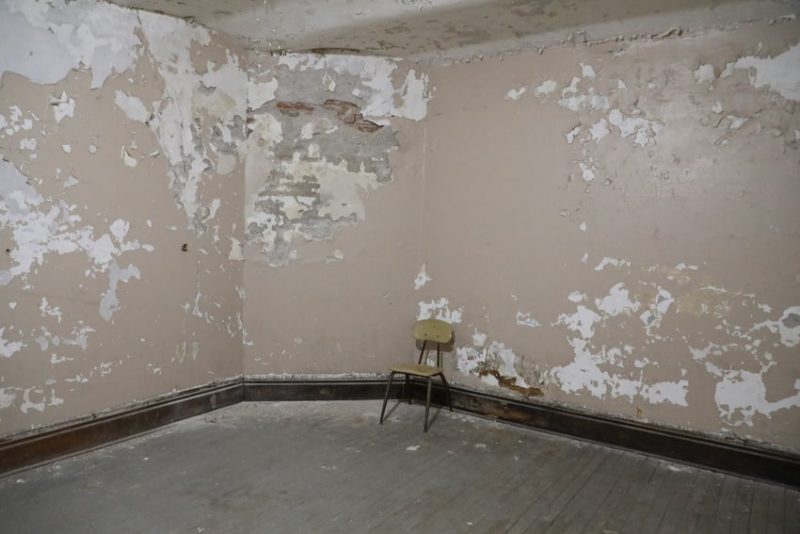
Do not forget to check all the subfloors for indications of water damage. Try to expose it as much as possible to ensure that it thoroughly dries up if the damage isn’t extensive enough to require replacement. If you have hardwood flooring, it requires steady drying to prevent cracking or buckling. The rugs and carpets need cleaning by a professional if you intend to save them.
Replacement
Avoid buying any replacement furniture or furnishings until your home gets all the necessary repairs. Remember that this will take some time. As for your photographs, memory books, or other essential documents, you must dry them slowly and carefully. You might not have the time to carry out this task after the flooding, but they can be frozen and cleaned later.
It would be best if you wash away any debris or mud on items that you want to save and keep in plastic bags and store in a freezer to prevent mildew development, which can cause further and lasting damage. These items can stay in a frozen state until you have time to thaw and adequately dry and clean them or bring them to a professional for cleaning.
Repairing and Restoring Your Home
Whether your home ends with flooding from a burst pipe, weather incident, or a malfunctioning appliance, do not delay in making the right moves to restore your home to its original state. After getting in touch with your insurance provider to process your claim and completing the drying out process, it’s time to move on with the repairs.
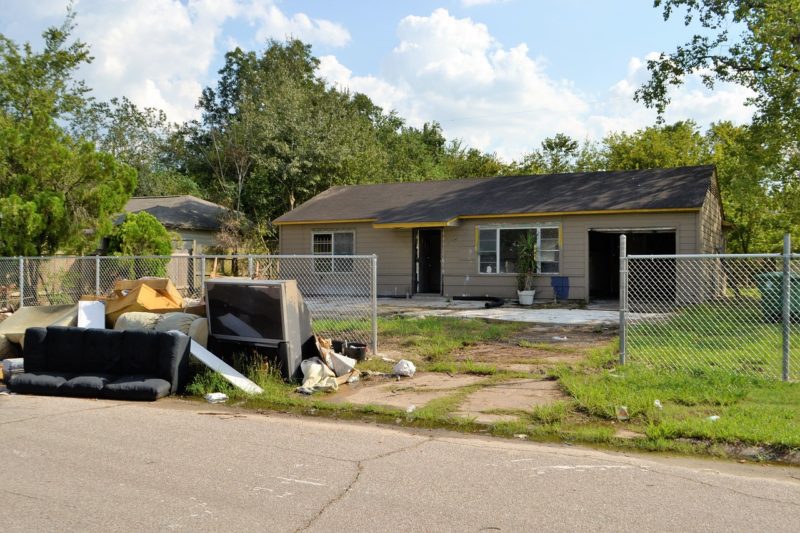
The level of repairs you will tackle will depend on the amount of flooding in your home and how long it remained. With this in mind, it’s crucial to get everything dry right away. If you had to evacuate due to severe weather conditions for a lengthy period, you are better off calling a water damage restoration service. The damage might be extensive, and it’s best to leave it in the hands of the professionals.
When your home is thoroughly clean and dry, you can start the rebuilding process. The severity of the flooding will serve as your basis on how much work it’ll take. For a small flood with minimal water damage to your home, it might only require thorough mopping up of the water and drying everything. In case of extensive flooding, it’s best to go for a complete remodel along with mold treatment. You should be ready for weeks of construction.
Before the start of the construction and restoration, you should obtain information regarding your insurance provider’s final amount of reimbursement. Ensure that you keep your payout figures in mind as you decide to rebuild your property and make possible upgrades. Besides paying for the construction materials and labor, you also need to replace furniture, household items, and electronics that were lost or damaged in the flood. Try creating a plan that considers all the potential costs as you steadily put your home back to its original state.
If you live in your home while the reconstruction is ongoing, you need to install dust barriers amidst the construction areas and living spaces.
Conclusion
A house flood can be a challenging experience for anyone. The flooding can range in terms of severity from a minor annoyance to an overwhelming, traumatic ordeal. Either way, it’s a burdensome ordeal for all family members. However, once you accept that waiting and time are all part of the process, dealing with the flooding can be easier to handle.
Depending on the root cause of the flooding, whether it’s due to nature or a plumbing problem in your home, water is capable of causing damage if you don’t take the right actions.
Being ready with the tasks to do after the flooding is a must but ensure that the safety of everyone will always be a priority. The longer the water is left to stay in your home, the more costly the repairs and restoration will become. When you have the right tools and equipment, you might start with the cleaning task, but if you want to ensure efficient cleaning, repairs, and restoration of your home, working with a water damage restoration professional might be the best choice.









